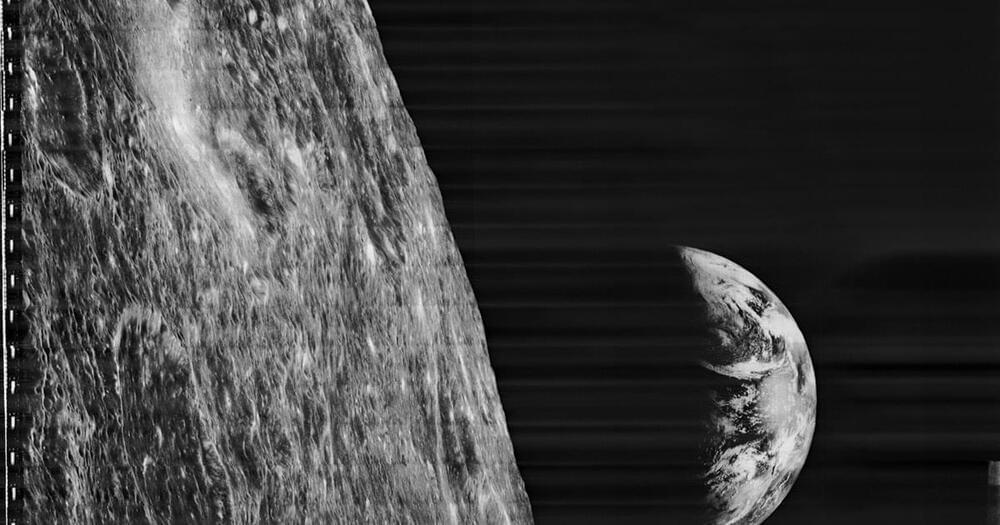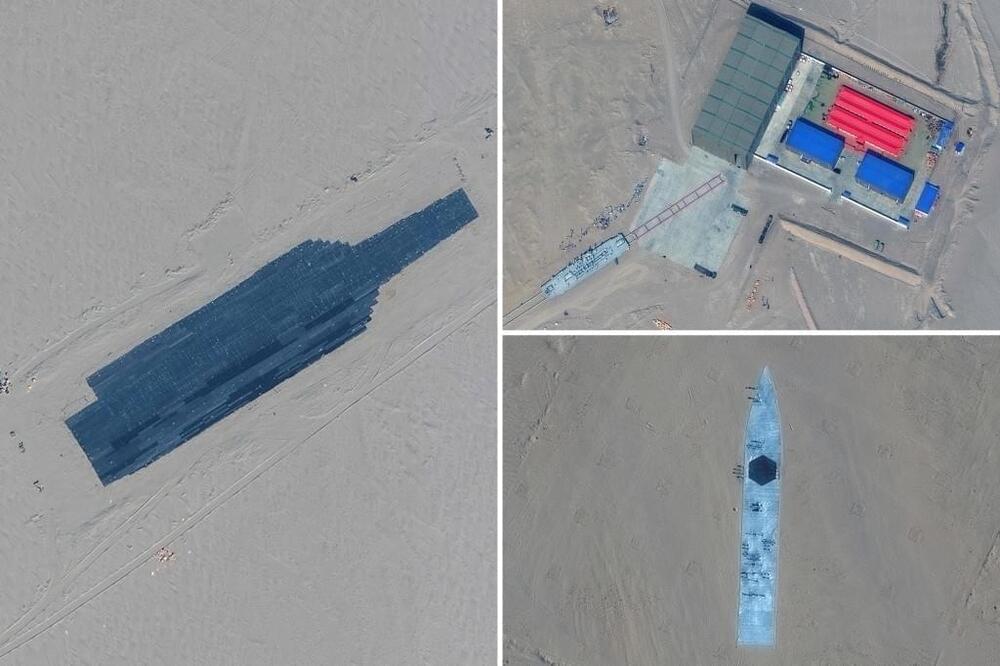SpaceX shot 53 Starlink internet satellites into orbit on top of a Falcon 9 rocket Saturday from foggy Cape Canaveral, commencing a new phase of deploying the global broadband network with the first launch into a new “shell” some 335 miles above Earth.
The mission was the 31st Falcon 9 launch in two-and-a-half years dedicated to carrying satellites for the Starlink internet network, bringing the total number of Starlink spacecraft launched to 1,844.
Veiled in fog, the Falcon 9 lifted off from pad 40 at Cape Canaveral at 7:19:30 a.m. EST (1219:30 GMT) Saturday. Nine Merlin main engines throttled up to produce 1.7 million pounds of thrust, powering the launcher off the pad and quickly through the ground-hugging fog layer.





